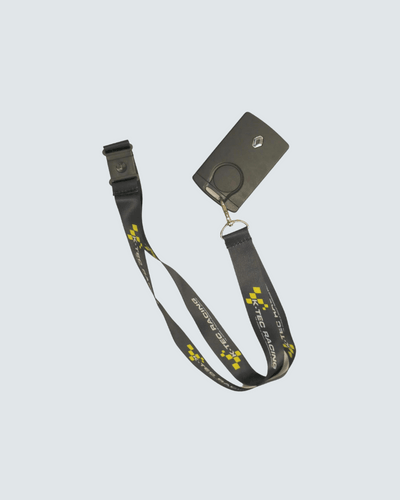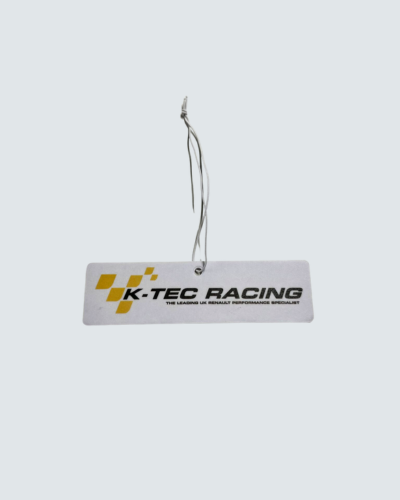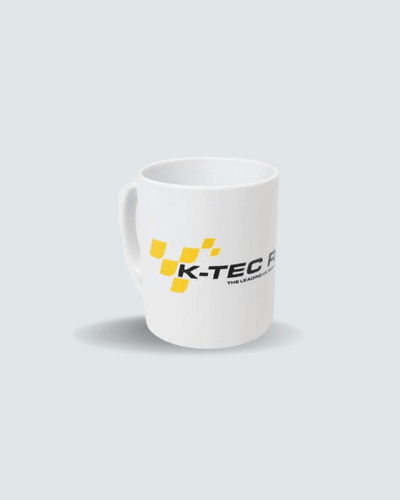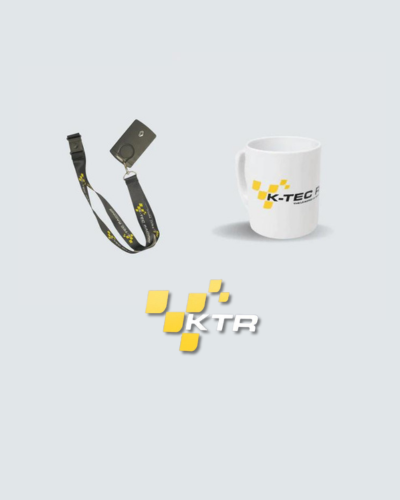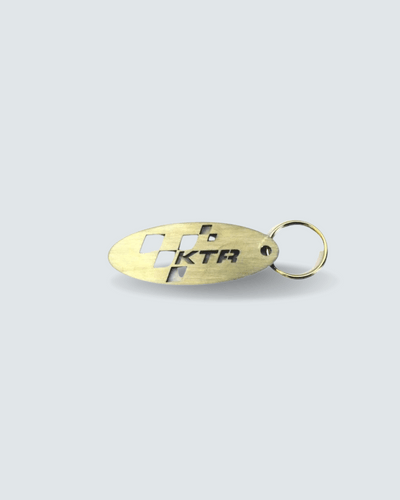
News
How Long Does Wheel Alignment Take?
How Long Does Wheel Alignment Take?
Introduction
Have you ever wondered how long a wheel alignment takes? Well, you're not alone. It's an essential task for every car owner, but surprisingly, not everyone knows what it involves.
Factors Affecting the Time for Wheel Alignment
You might think that aligning your wheels is a standard job that takes the same amount of time no matter what. Not quite. There are a few factors that can influence this.
Type of Vehicle
A sedan will likely take less time compared to a heavy-duty truck.
Workshop Efficiency
A well-staffed and equipped workshop can complete the task more quickly.
Complexity of Alignment
Alignment might seem like a straightforward job, but it can become complex depending on various factors. For starters, it's not just about adjusting the wheels to make them parallel; it also involves setting them at the correct angle as per the manufacturer's specifications.
Sometimes, the complexity arises from pre-existing issues that need to be addressed before the alignment can be carried out successfully. These can include:
-
Worn-out Suspension Components: If parts of your car's suspension system are worn out or damaged, they will need to be replaced before aligning the wheels. Failing to do this could result in inaccurate alignment, causing more problems in the long run.
-
Bent or Damaged Rims: If the rims are bent or damaged, they can affect the alignment process and its accuracy. These would need to be repaired or replaced before proceeding.
-
Steering Issues: Problems with the steering system can complicate the alignment process. If you notice stiffness or odd noises when turning the steering wheel, those issues should be sorted first.
-
Tyre Condition: Poorly maintained or unevenly worn tyres can skew alignment readings. Your mechanic might recommend replacing them before performing the alignment.
-
Software Calibration: Modern vehicles often require software calibration along with mechanical adjustments. These can involve complex procedures and are another factor that could extend the time required for alignment.
-
Custom Modifications: If you've made any custom modifications to your vehicle's suspension or steering systems, this could add an extra layer of complexity to the alignment process.
So, the actual time it takes for wheel alignment can be influenced by how complex the underlying issues are. If you’re in doubt, it’s always a good idea to consult an experienced mechanic to get an accurate time estimate and potentially diagnose other problems that may need attention.
The Average Time for Various Types of Alignment
Two-wheel Alignment
For most cars, a two-wheel alignment might take around 30 to 60 minutes.
Four-wheel Alignment
This could take up to 2 hours, depending on the conditions mentioned earlier.
The Wheel Alignment Process
Inspection
Before anything, your mechanic will conduct a preliminary inspection which might add to the time.
Adjustments
This is where the real work happens. The mechanic adjusts the angles of the wheels.
Final Checks
Lastly, another inspection is done to ensure everything is perfect.
How to Speed Up the Process
Pre-Appointment Tips
Make sure you remove any unnecessary items from your car to ease the mechanic's work.
During the Appointment
Be available for any quick decisions that need to be made.
Signs You Need a Wheel Alignment
While drifting away on holiday might be a dream, drifting away while you're driving is an issue that should grab your attention right away. Noticing your vehicle pulling to one side is a strong indicator that you might need a wheel alignment, but there are several other signs to watch out for:
-
Uneven Tyre Wear: If you notice that the tread on your tyres is wearing unevenly, this can be a tell-tale sign that your wheels are misaligned. Tyres that wear out quickly on the inside or outside edge could be suffering from poor alignment.
-
Steering Wheel Vibration: If your steering wheel vibrates or shakes while you're driving, this can be an indicator that your wheels are out of alignment. The vibrations usually get worse at higher speeds.
-
Crooked Steering Wheel: A steering wheel that appears crooked even when you're driving straight is a straightforward clue that you should get your wheels looked at.
-
Noisy Handling: Hearing squealing or other strange noises when you turn could signal alignment issues. The friction caused by misaligned wheels can lead to unsettling sounds.
-
Poor Handling: Difficulty in steering, including hard turns and sloppy handling, can also indicate that your wheels are out of alignment. You may find the car not responding quickly enough to your steering inputs.
-
Reduced Fuel Efficiency: Misaligned wheels can increase rolling resistance, which requires more effort and fuel to keep the car moving. If you notice a sudden decrease in fuel efficiency, this could be the culprit.
-
Vehicle Wanders: If your vehicle struggles to drive straight and tends to wander on the road, this is another sign you should not ignore.
Ignoring these signs could lead to bigger issues like reduced fuel efficiency, increased tyre wear, and even compromised safety. So, if any of these indicators resonate with you, it might be time to book an appointment for wheel alignment. Don't let these issues drift; take action as soon as possible.
Costs Involved
Prices vary but expect to pay between £50 and £100 in most places.
Risks of Skipping Wheel Alignment
Skipping wheel alignment can lead to uneven tyre wear and poor fuel efficiency.
When to Get Your Wheels Aligned
After any significant impact or every two to three years are good thumb rules.
DIY Wheel Alignment: Is it Advisable?
Ah, the allure of DIY—just like giving yourself a haircut, it might seem easy enough until you’re left looking in the mirror with a sense of regret. The concept of DIY wheel alignment might seem tempting. You think, "How hard can it be? A few tweaks here and there, and Bob's your uncle!" But let's dig into why it's more complex than that.
-
Specialised Tools: First off, wheel alignment isn't a wrench-and-hammer job. You'll need specific tools like camber/caster gauges and toe plates, and even laser aligners if you're going full professional. These tools are not only expensive but also require expertise to use correctly.
-
Experience Required: A mechanic spends years learning the intricacies of vehicle maintenance, including wheel alignment. They understand the nuances, and that knowledge is invaluable. One wrong adjustment could mess up your alignment, leading to a cascade of other issues.
-
Safety Concerns: Doing it wrong could compromise the safety of your vehicle. Misalignment could lead to uneven tyre wear, poor vehicle handling, and ultimately, a higher risk of accidents. It’s not just about you; it's also about the safety of other road users.
-
Time-Consuming: Without the proper tools and expertise, a DIY alignment can be an extremely time-consuming process. And if you get it wrong, you'll have to spend even more time fixing it—or end up at a mechanic anyway.
-
Potential for Additional Damage: Just like a DIY haircut can lead to an emergency trip to the salon, a DIY wheel alignment can lead to a trip to the mechanic to fix any mistakes you've made, adding to the cost and hassle.
-
Warranty Concerns: Some car warranties stipulate that any repairs or maintenance must be carried out by certified professionals. Doing it yourself might void your warranty.
So, is DIY wheel alignment advisable? It might seem like an attractive option to save a few quid, but unless you're an experienced mechanic with the right tools, it's best left to the professionals. After all, you wouldn't want your car to end up like a botched haircut, would you?
Understanding the Alignment Specifications
If you've ever tried to delve into the world of wheel alignment, you've likely come across terms like 'camber,' 'toe,' and 'caster.' They sound like jargon from a James Bond film, but in reality, they're crucial terms that define how your wheels align with your car and the road. Let's demystify these terms so you'll know exactly what your mechanic is talking about.
-
Camber: Imagine standing in front of your car and looking at one of the wheels. If the top of the tyre leans away from the vehicle, that's positive camber. If it leans towards the vehicle, that's negative camber. Camber is measured in degrees and is crucial for tyre wear and vehicle handling. Too much in either direction can result in uneven tyre wear and poor handling.
-
Toe: Forget your feet for a moment; in the car world, 'toe' refers to whether the fronts of the tyres are closer or further apart compared to the backs. If the fronts of the tyres are closer, it's called 'toe-in.' If the fronts are further apart than the backs, it's called 'toe-out.' Toe alignment ensures your vehicle tracks straight and influences tyre wear.
-
Caster: This one is a bit more complex. Caster is the angle of the steering pivot, viewed from the side of the vehicle. If the top of the pivot leans towards the rear, it has positive caster. If it leans towards the front, it has negative caster. Caster influences the stability and steering ease of your vehicle.
-
Thrust Angle: This term is used to describe the direction in which the rear wheels are pointing. Ideally, they should be perfectly aligned with the centreline of the vehicle. A wrong thrust angle can cause your vehicle to 'dog track,' making it look like it's moving sideways.
-
Sway Bar Adjustments: While not directly a wheel alignment term, sway bar adjustments can affect your vehicle's handling. Sway bars are used to keep the vehicle level, particularly during cornering.
-
Wheelbase: This term refers to the distance between the centres of the front and rear wheels. An uneven wheelbase can be a sign of misalignment or frame damage.
Understanding these terms not only demystifies the language your mechanic might use but also helps you make informed decisions about your vehicle's maintenance. After all, it's not just about turning the wrench; it's about knowing why you're doing it. So next time you head for a wheel alignment, you'll be fluent in the language and can ensure you're getting the most bang for your buck.
Finding a Reliable Service Centre
Check reviews, ask friends, and consider experience and expertise.
Conclusion
So, there you have it—a comprehensive guide to understanding how long wheel alignment takes. Always remember, it's not just about the time but also about the quality of work. Happy driving!
FAQs
-
How often should I get my wheels aligned?
- At least once every two to three years or after significant impacts.
-
Can I perform wheel alignment at home?
- It's risky and not advisable unless you're a certified mechanic.
-
What are the signs of a bad wheel alignment?
- Uneven tyre wear, steering wheel vibration, and drifting are common signs.
-
Is wheel alignment and balancing the same thing?
- No, they are different services addressing different issues.
-
How can I prepare for a wheel alignment appointment?
- Clean your car and remove unnecessary items to speed up the process.
Related Posts
What Will Happen If Your Car's Wheels Are Unbalanced?
Get Your Vehicle Race-Ready with K-Tec Racing!
So you've learnt all about the importance of wheel alignment, geometry and tracking and how it can significantly affect your driving experience, right? But don't stop there; let's talk about tuning your car to its optimal performance levels. There's no better place to do this than at K-Tec Racing. Offering a wide range of performance modifications and tuning solutions, from engine upgrades to suspension improvements, we are the experts you've been searching for. Think about it—what's the point of having perfectly aligned wheels if your engine isn't tuned to give you the best driving experience? Trust K-Tec Racing to deliver top-notch services that will make your vehicle perform like a dream on the road—or the racetrack! So why wait? Head over to K-Tec Racing and take the first step towards transforming your ride today!
Access Now: K-Tec Racing


